From This Module’s Reading
Week 6 to 12
It was all in the melting pot at this stage and a very uphill struggle at times. Engaging with the language of Roland Barthes translated from the French is made more difficult than is necessary, at least that was how I felt. Consecutive to this, I read Susan Sontag On Camera multiple times in the hope of extracting something of value for my practice. Maybe if there is very little or no overlap with practice then the work does become a labour.
When I returned to Camera Lucida I improbably discovered that by reading the last paragraph in the book first I at last made progress. I’d noticed this effect first when reading an interview with Jeff Wall. Nothing said struck any chord with my practice. When I turned to reverse reading two things happened:
- comprehension. Ideas that made complete sense were then seen to be developed,
- surprisingly many paragraphs were left hanging and this demanded attention and so the preceding paragraph had to be consumed.
Anyway, it worked better and allowed progess to be made again.
Revisiting print size
I’ve been sensitive about large scale printing of small scale subject matter (after all I would not wish for massive trauma only monitoring minor happenings and latterly memory of body from contact pressure). Now having read of Gurky’s large scale work in the Journal American Photo (Jan 1, 2015) I’m caused to analyse and challenge this. The first module sensitised me to low res pixelated image presentation. But I do not say a flat no to large scale prints. In fact I have some testing on the go using Artificial Intelligence AI software and can print up to a limit of 18ft using roll paper. Initial results were encouraging but I need time to do more over my return to materiality (a nod towards Carol Squiers ICP exhibition What is a Photograph?
- https://www.lynda.com/Photography-tutorials/Easily-produce-giant-prints/119012/795856-4.html?autoplay=true
- https://topazlabs.com/gigapixel-ai
Week 5 Critical Thinking
If there is any doubt about gaze for abstract practice then let me consider
- [A] Week 5 presentation The Body and the Land
- [B] Mark Rothko Art as an Experience (thank you Tutor)
- [C] Tate Exposed Voyeurism, Surveillance and the Camera (thank you Module Leader)
[A] Week 5 presentation The Body and the Land
See the Week 5 coursework blog
[B] Mark Rothko Art as an Experience
Mark Rothko Chapel a Week 5 visit to this research topic
In terms of his life’s work snd how this impacts my Practice:
The phenomenology of perception is key to Mark Rothko’s work where this concerns the structures of experience and consciousness. There may be a risk in engaging in this world and so a hidden warning. At his peak, Mark Rothko died of a drug overdose in New York. It was this day exactly 49 years ago on the 25 February 1970.
This anniversary and many other coincidences around my work can lead to fetishisation – a false attribution. It goes on – by accidentally touch typing one letter to the right on this keyboard just now, “his” translated to jod before autocorrecting to god.
Rothko’s work moving again into my consciousness has a rational explanation. The timing of so many of these events can be harder to explain. Religious context moved to the fore twice last year in conversation with Olympia and Pastor Prince whom I met separately. My own work can become obsessive which requires one to chill out. An original manifestation of my practice changed to abstract expressionism. This helped normalise sustained emotional outpouring. Now the tears have been wiped away. In the written word this may seem overstated but feelings ran deep and challenged who I am as a person.
Rothko’s work becomes a performance work. The paintings emerge around floor level and are large scale so as to envelop the viewer. The paintings have no central focus, paint being evenly spread from edge to edge, and corner to corner. Upon closer inspection the viewer becomes immersed as layers of colour reveal at the edge transitions. In the context of the chapel the work provides a sacral experience and you begin to comprehend how some become enveloped in the here and now and are given cause to weep.
Sadly, the viewer may experience the “imminence and transcendence of the tragic in human existence”. I tend to express this as the motivation to create work but the intent towards the viewer could be quite the opposite. This holding two opposing ideas in mind simultaneously might be taken as fetishisation. I’m obviously conflicted and have a task to sort this out. The emotional impact was originally my punctum insofar as I understood this by the close of the first module.
It has been hinted at various times that we learn first about ourselves as practitioners in doing this MA Photography course. On that score and in light of the return to fetishisation, I would draw a parallel with my other professional practice outside of photography. Here, some are trained to think in linear terms, and go step by step through a problem solving it. In my personal experience, I had to learn to carry many states at once. I liken this to waves lapping a sandy beach. As the waves retreat, water, returns to the sea along many tributaries at once or even soaks into the sand as one.
It is clear that the artist has control over the terms and conditions of the work and its contextualisation.
Mark Rothko Chapel a week 2/3 visitation to this research topic
Here is one of the earlier videos watched on Rothko’s Abstract Expressionism (Mark Rothko (video) | Abstract Expressionism | Khan Academy, 2014): note: no frame; floor height and viewer stands “within’ the work; effect is painted all over rather than a core with corners and edges of less importance; and no frame. Not action painting like Pollock.
From a previous mention, Mark’s son on video Rothko Chapel (Rothko, 2015) acted as guide to the Rothko Chapel. He talked about his father’s work and how visitors of all faiths sit and experience the black and purple wall paintings and how many have been moved to tears.
The sentiment to his work differs from mine as I struggle to hone my message towards a celebration of life. At present it doesn’t always translate that way as my motivation to doing the work gets in the way of the message. In other words I try to separate the motivation that drives me to do the work from the voice I wish to express – they are almost opposites and voice is opposite too to Rothko’s work.
Let me read the PDF and gain from a comparative analysis.
[C]
Bibliography
Mark Rothko (video) | Abstract Expressionism | Khan Academy(2014). Available at: https://www.khanacademy.org/partner-content/moma/moma-abstract-expressionism/v/moma-mark-rothko (Accessed: 29 January 2019).
Rothko, C. (2015) TCA Rothko Chapel Video on Vimeo. Available at: https://vimeo.com/127754629 (Accessed: 25 February 2019).
Week 4 Critical Thinking
Film Documentaries
Some documentary films were consumed Hidden Histories: WW1’s Forgotten Photographs (‘Hidden Histories: WW1’s Forgotten Photographs · BoB’, 2014)and The Genius of Photography (‘The Genius of Photography 1800-1914 Fixing the Shadows · BoB’, 2009)
Week 3 Critical Review – Reflective Thinking
As the next week of study begins (Week 4), I realise the Week I’m leaving behind needed some finishing off. I’d got distracted by making work and setting up the framework for the week to come and realise I need to act on advice and read to inform my work.
Of several books I’ve majored on this week, only one Campany(Campany, 2008)resonated enough to impact on my photographic practice. We’d previously been informed how comparing a medium (photography) with another medium (in my case this week Cinema), you begin to discover the essential nature of photography.
I’m going to set aside Barthes (Barthes and Howard, 1980)and Sontag (Sontag, 1977)
Before departing into the insights gained from Photography and cinema, I should also not broader aspects at this time whilst enumerating the sources I’d been to during research and study. Resources checked out following a library webinar include:
[A] insightful definitions of photographic genre (Szarkowski, 1980)
It seems wrong to categorise my work as Abstract in the vanilla sense as to be abstract it should not trace to a source, at least that is how I interpret and feel about it. I forever give away hints that tie the image back to the subject photographed. A closer genre I think, has to be Abstract Expressionism. I’m not fully settled on this as I do not wholly find expression in the negative, being more of the happy photographer aligned to the glow of life’s force and healing and the conceptual idea of impression upon the skin as analogy to photography, the latter being more in the realm of intellectual pursuit.
Also, a review during the week, highlighted the closeness of portfolio introductory images to the theme of title and captions used, and I agree. I can see a split now opening wide and I have to think whether to pursue trauma in its physical and mental modes, the theme that created for me the punctum that elevated the work above its previous status of illustration.
Trauma does depend on there being minor injury and when this falls away the subject matter becomes sparse. At first, I diverted towards the above mentioned theme of “Impressions”. Since then, there have been two instances of minor injury, one to me, the second to a close other. It is difficult at times as the taking needs another photographer really for perfection and ease of working whilst it remains slightly weird to be recording injury although by now it is understood and becoming tolerated. This new subject matter has led to a variation or economy of approach. As often now said, I follow the direction a photograph will move in based on practice, developed skill and latest informed intent. There are usually several points in the image making where multiple images can result. It does require a higher degree of image and file management. The approach is quite exciting though, as the photograph may lead to an image that invokes landscape, or incorporates the glow I so often seek or may demand comparison as monochrome. In fact the last image I made went off on the monochrome trajectory but with spot colour to let the eye rest and remind of injury.
In a sentence, several images worked/made from the base photograph. I wonder what my tutors would make of that? To find out I need to create something to view.
[B] access to hi res photography sources (Artstor, 2019)
I’ve been able to check the look of war photography, and as it happened around the American Civil War. This archive material so often is in the sepia style when I declared early on in my practice that they lived their lives in colour and so I would honour that in my representations based on their worlds. This did rather drive me to the logical extreme of highly saturated work. The colours are trace if not somewhat overwhelming but visually interesting. It is a specialised branch of my practice and has evolved due to studying this MA Photography course. It is marmite according to the responses received but hey, I like it. I like it a lot. It has a very strong aesthetic and is trace and solidly linked to trauma and healing.
Week 3 Informed Context:
Photograph and Cinema – Stillness
Photography has developed a trend towards slowing down alongside the burgeoning of the Fine Art market. I should note this as my Practice is not vernacular.
Photograph and Cinema – Paper Cinema
My practice is likely to take on the context of a book and it would be very worthwhile revisiting this chapter later.
Something I seem to have and is seen as a feature of cinema is the mingling of real and imaginary; present and past; the probable and the improbable. Possibly my practice contains less of the latter, or maybe it does have probability in the balance.(Campany, 2008, p62)
My work is intended to be didactic in that it may be adopted by a museum or be used as an example for genetics teaching. The aleatoric or presence of chance exists in the making process, but is guided by learning the art. (Campany, 2008, p67)
I should check which of these film shots applies to my photography and image making:
Establishing shot | Narrative shots | Close-ups |Cutaways |Details | Summary endings
If moving still is used (it is anticipated) then consider dissolves etc (Campany, 2008, p83)
Photograph and Cinema – Photography in Film /
As noted by Barthes and recorded in Campaney underlying the stillness of photography is Death. Indeed that theme underlies the loss in my narrative and again as memory is lost as other pass. (Campany, 2008, p96)
The photo novel La Jetee I find has resonance with my practice. “European filmmakers since 1945 include memory, history, war, identity, loss, desire and uncertainty” as themes and many of these apply. (Campany, 2008, p96)
Taking La Jetee a step further is is described in terms of “the patchy nature of the imagination and promise of redemption” (Campany, 2008, p101). The former is a very strong theme of my abstraction process. I need to think how redemption applies or could be applied.
Photograph and Cinema – Art and the Film Still
Trompe l’oeile addresses the details that give realism to cinema/stills.(Campany, 2008, p119). I need to consider this aspect as I largely remove detail to spare the viewer, and improves the aesthetic. However, I wonder if the additional layer of lines of poetry for example would compensate if included visually in support of the abstractions.
There seems to be a problem of stills not carrying forward narrative meanings. (Campany, 2008, p135). Perhaps the origins of my work in a narrative text clouded this for me as photographer and I should give narrative more attention. So far, a title and call and response captions are all I use. Note to self, to think this through further.
Artstor (2019) ‘Ode on Returning Home’. Available at: https://library-artstor-org.ezproxy.falmouth.ac.uk/#/asset/SS7731421_7731421_11276737;prevRouteTS=1550155470171 (Accessed: 14 February 2019).
Barthes, R. and Howard, R. (1980) Camera lucida: reflections on photography. London: Vintage.
Campany, D. (2008) Photography and cinema. London: Reaktion. Available at: http://ezproxy.falmouth.ac.uk/login?url=http://site.ebrary.com/lib/falmouth/Doc?id=10430640.
‘Hidden Histories: WW1’s Forgotten Photographs · BoB’ (2014). Available at: https://learningonscreen.ac.uk/ondemand/index.php/prog/06BA324A?bcast=107935924 (Accessed: 17 February 2019).
Sontag, S. (1977) On Photography. Penguin Bo. Penguin Modern Classics.
Szarkowski, J. (1980) ‘Introduction [IN] The photographer’s eye’, in Szarkowski, J. (ed.) The photographer’s eye. London: Secker and Warburg, pp. 6–11.
‘The Genius of Photography 1800-1914 Fixing the Shadows · BoB’ (2009). Available at: https://learningonscreen.ac.uk/ondemand/index.php/prog/0072EFB3?bcast=31686156# (Accessed: 17 February 2019).
Week 2 Critical Review: Developmental thinking points
Think about your work each week under the following headings:
1: Aim of the work
What are you trying to say or express with your work? What is its ‘intent’ (this will change from week to week, but in the final Critical Review should explicitly refer to your Work in Progress Portfolio). Refer to your research here – does anyone else try to explore similar issues?
The intent is to close a gap in communication made to me as a child where those missing were never mentioned and hence the gap, and how it has been possible decades later to recognise these gaps and magically fill in these gaps.
The intent is to relate myself and family as a diaspora to events of the past and to a culture left behind – a family healed.
The intent is to reference specific others in the past and through reflected trauma in the main create the closest of ties to ancestor.
2: Reflection: Aesthetics, subject matter, technical approach
How did you try achieve this intention? What does the work look like? What is it’s subject matter?. Is it successful? Why? How does it differ?
The work had three and this week another, so three strands of abstract imagery now based upon-
Trauma (healing) – Life’s Force (glow ) – and Impression (as image captured)
The images become consistent and yet have different characteristics:
Trauma both mental and physical take on a depiction upon which the injury as it was photographed allows the eye to settle. There is trace yet is unlikely that reality would reach out to the viewer.
Glow is apparent as an indicator of health and well being and localises to subject areas photographed and varies with shadow effect and source lighting or now use of flash.
Impression is the transitory mark left upon the body as a trace of some object.
There are two levels of abstract processing now often combined in my work. There are edges and marks with horizontal landscape and vertical atmosphere and combined where visible reference to tartan.
The second level is immediately noticed by the high saturation levels of colours. These are trace, being present in or reflected from the subject. As in the darkroom level s are reduced to allow glow to emerge, it is when the colours are again raised that the glow appears and the colour saturate.
I combine the techniques for different purposes mainly presentational.
As I experiment the work becomes more unified and some early images as in my last WIP Portfolio, which were remakes to fit the course constraints did not entirely fit in. In a sense they looked different, a little more bland than the originals and by then I’d started to manage colours to a theme that started with a earlier title Poppies are Red … (of course Himalayan poppies are also blue).
Given how long I’ve been working on these abstracts I am taken aback by how eye catching the images can be and so initial signs and impact for me are really good as I sense there is mileage in a project that indeed has a life of its own either inside or outside of the MA Photography Course.
That is the excitement of the practice that keep me working with it. Indeed there are already areas of improvement for real success if the work is to get out there.
During the assessment period I worked with colour and with luminosity and in other work for competition I seen increased recognition and I now start to develop further and apply these growing skills to my practice to make better work.
I started photographing again during Week 2 and by the end of the week new work was emerging from the Digital Darkroom.
3: Reflection: Research/Awareness
What/who has informed this work? Intent? Aesthetic? Subject matter? Are there any photographers who work in a similar way? (e.g. aesthetically, technically, conceptually etc.). Refer to your research here
The written narratives and many discussions within family and the academic research conducted by my wife all combined with visits to place and earlier work towards publishing a book.
There are other artists I have since discovered who make work with some visual references and mostly they are painters. Much of what I do is wholly unique and creative and exists and emerges from a world of digital computation and digital image processing.
Some references randomly connected with my work through religion, first through superstition then through conversations that I have now learned to classify as fetishistism. No not of a sexual perversity nature but of assigning powers to objects and happenings where in truth coincidence is more the likely action.
4: Reflection/Evaluation
Do you think your work is successful? Why? Are these any images that were less successful? How did this inform the development of ideas and practice?
As work in progress my practice needs numerous adaptions. Aside from the basis which is solid and integrating, I need to work on how I talk about it and need to be sensitive to not guiding others overly in any artists statement or in applying titles.
I sometimes think of strands within the work and yet when I take my gold standard of presentation Chloe Dewe Mathews Shot at Dawn, I have some way to go. I met Chloe and have spoken although not about this practice more on an earlier group book project as she reviewed the work Commissioned by Ruskin College Oxford, and feeling I know the artist at a more interactive level then her work is my choice, even if not abstract.
A look at my last WIP Portfolio is telling in its own right, (Turner, 2018). It has evolved as presented and ripe for further exciting creative inputs, The work is sustainable.
Bibliography
Turner, M. (2018) ‘WIP Portfolio’. London, [England]: Turner, Michael. Available at: http://www.michaelmturnerphotography.com/sustainableprospectsmodulewipportfolio.
Week 2 Readings
Significant close readings or re-readings this week are noted
Sontag (Sontag, 1977)
Suffice to say I’ve read and re-read and read again with help from the Audible reading. Usually I’m not in a position to take notes so for this resource, I’m only too glad to have broken through the barrier presented by the writing style and can do text searches as particular messages come to mind that need referencing to page level.
I also found another work and skim read this piece relating to a communication made for Amnesty International (Sontag, 2004). As my work has a background of loss in a war then this and a second reference on images of war (Stallabrass, 2013). I parked these for when I move apart from my emotional involvement with narratives and start to reach out to established references to contextualize my work. In the latter for example there is modern day example of captured prisoner torture method where by comparison my ancestor was captured but had no complaint and lived on a long life after the war.ß
Barthes (Barthes and Howard, no date)
So far I’ve read Part 1 and begun Part 2 in the available time, so intend of course to return.
Since reading this work again, I’ve been looking at my photography and that of other differently, and by the time of the Week 2 Group Seminar I was reading others photographs differently. I can now combine the aspects of detail and evidence of a concocted theme (not best) and how signs of accidental inclusions and uncontrived detail have powerful repercussions.
Within the area of Indexicality I got a much clearer understanding of Studium and Punctum
Barrett (Barrett, 2010)
Ah. I’m becoming progressively more organized and somehow in getting here I’ve mislaid some notes on this reading and have to skim back over. Lesson learnt I feel. Ah ha! Eureka ! A second reading has been transformative. The rambling list of musings (my first feeling) in the reference I’ve this time related closely to my practice and gained ideas and reinforcement of other ideas. This has been a top read and I say has really helped me. As I go into this it starts of as mere reflection, then catches fire as I see the writing in terms of my practice.
Week 2 Terry Barrett Principles of Interpreting Photographs
Danto’s theory of art and interpretation is referenced.
Photographs carry more credibility than other kinds of
images and especially require interpretation.
This is to draw upon the cognitive value.
Photography is persuasive and we need to check what we consume
Turn image into language an important consideration.
Rorty is quoted and draws together Photography and Poetry. And books and music emotions we have felt in our and others experiences.
Thoughts – Feelings – Actions over seen and experience.
The photograph as altered
Stop looking through a photograph … it is not a beach … it is a constructed image.
The Photograph as opinion
Be guided by feeling when interpreting
Goodman referenced in terms of feeling being more fundamental or important than cold intellectual endeavour.
Feeling and thought as false dichotomy
Indexicality in terms of light reflecting. Barthes referenced That which has been as Realist theory.
Notions pof Realist versus Conventionalist of factual and fictional: factual and metaphorical.
My practice is metaphorical.
We are reminded of the subtractive medium verses the additive medium in photograph versus painting.
The Photograph we are reminded is cut from a larger context.
The instantaneous nature of photography references Barthes a photograph is like death.
In uniqueness, selectivity instantness and credibility Modernism is mentioned as we live in a Post Modernist social environment.
Mention os made of post modernists playing off of modernist ideas.
The content of the photograph is considered and subject matter is different to subject. Mapplethorpe’s flowers are about sensuality.
The Form of my practice is determined in the digital darkroom. Any my context is causal around identification and closing a gap of 100 years. And the content of my work expresses healing and repair of wounds. I also mustn’t let language over-determine my photographs meaning.
Where my work is presented alters meaning: compare with the image of the living embryo then it shown on a placard in a demonstration.
I need to be aware that judgements formed may prevent other judgements.
Critical activities around my work in describing, interpreting, judging and theorising are interrelated and interdependent. I must try this in my Tutor presentations.
My work may lead to many non-unified interpretations so I will look out for other insights.
My work is definitely based in culture both my own technological culture and that of diaspora in family reunited. And in abstract the images result from other images both photograph and imagined.
There is also a world view in my work as a human family (biology) and of ongoing unceasing warfare.
My work in a way is diagrammatically close to Rorschach inkblots, but sign intrude to bring the images back to nearer what hey are our at least so as a group of images and other supporting signs (text).
I must accept that my work may take on meanings I did not mean. However, yes I try to create visually stimulating work that goes together. I have to realise any artist statement once out can take on meanings and other meanings. My work may have my intent as part of overall linguistic, cultural and artistic conventions operative at the time my work is produced. I should be aware I may put readers of intent into a passive mode and rob the viewer of the joy.
I must look out for viewers and readers interpretations as more or less reasonable, convincing, informative and enlightening.
Some interpretations made may be better than others or simply wrong especially if they do not interplay with other interpretations from tradition or previous. In this my work has to be relevant.
i shall too be aware of self satisfying ramblings if personal narratives are not made relative to the image being interpreted. I was guilty myself this week on critiquing a wolf with forest within as person made from typography. I was triggered but not relevant.
Hopefully my works critics will focus on my work and not me.
I should look out for individual critique and group critique.
For some reason Barrett then goes off on a major critique of Sally Mann’s children’s sexuality. Perhaps that could have been lessened.
Interpretation is self correcting within the group.
I have receive critique for my work and regularly about the statement but also about the images. i must encourage or invite others to link interpretations with others.
Berger (Berger, 2013)
The photograph as trace and innocent transcription.
This was an interesting read that advised we miss so much of a Photograph when viewing it as Fine Art. Through stages of developmental argument about the difference between Photography and Painting what’s not in being important as a photograph is an instance from a continuum versus art is placement within the frame.
Art transforms particular into the universal. Not photography is uses constructs. No transforming. NOW The degree to which I believe this is worth looking at can be judged by all that I am willingly NOT showing.
The argument develops towards use of photography within the Ideological Struggle. If there is such an ideology in my work it would be some aspect of loss and the futility of war.
So I am as yet facing the dichotomy of my work as art. For Fine Art I think at present the Photography has developed in its acceptance by museum or gallery curators and so photographs today do get room in galleries where Fine Art is displayed. Fine Art only by association but recognition nevertheless. Here is an example of the National Gallery written up in The Times (Campbell-Johnston, 2012)
Bibliography
Barrett, T. (2010) ‘Principles for Interpreting Photographs’, in Swinnen, J. and Deneulin, L. (eds) The Weight of Photography. Brussels, pp. 147–172.
Barthes, R. and Howard, R. (no date) Camera lucida: reflections on photography. London: Vintage.
Berger, J. (2013) ‘Understanding a photograph’, in Berger, J. and Dyer, G. (eds) Understanding a photograph. London: Penguin Classics, pp. 17–21.
Campbell-Johnston, R. (2012) Seduced by Art: Photography Past & Present | The Times, The Times Expert Traveller. Available at: https://www.thetimes.co.uk/article/seduced-by-art-photography-past-and-present-g562snn7lvp (Accessed: 9 January 2019).
Sontag, S. (1977) On Photography. Penguin Bo. Penguin Modern Classics.
Sontag, S. (2004) Regarding the pain of others. London: Penguin.
Stallabrass, J. (ed.) (2013) Memory of fire: images of war and the war of images. Maidstone: Photoworks.
Week 1 Contextualisation
Only brief notes at present as I start to assimilate the rush of information. All of these references I have consumed and need to digest either by way of a write-up here or by incorporation in other part of this Critical Review Journal CRJ.
Mark Rothko
Gary Fabian Millar
Technological Modernity
Medical Practice references Week 1 Photography Photographies
David Hockney
Vincent Van Gogh
Antony Gormley
FT Life of a song podcast
Formerly called FT Arts. Description by Financial times. October 2010 to April 2018.
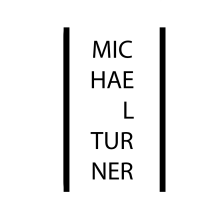
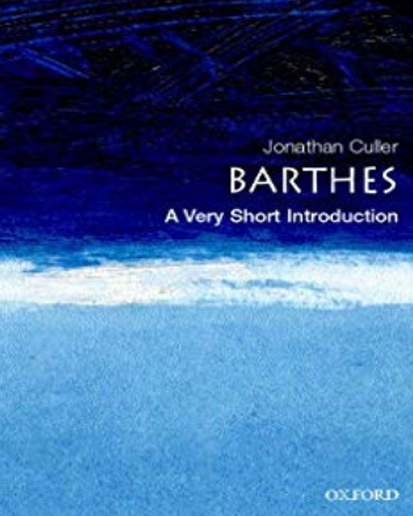

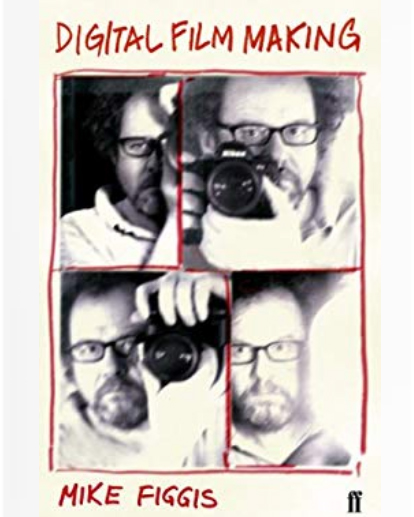





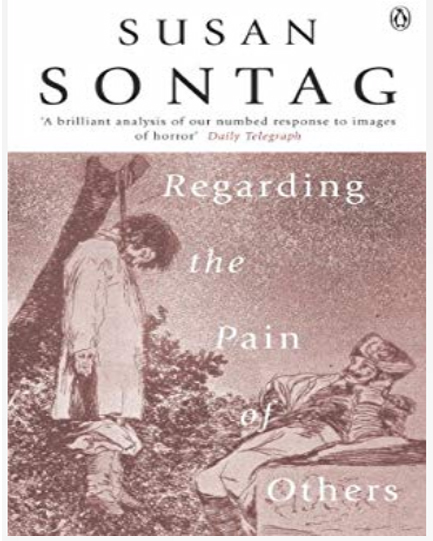




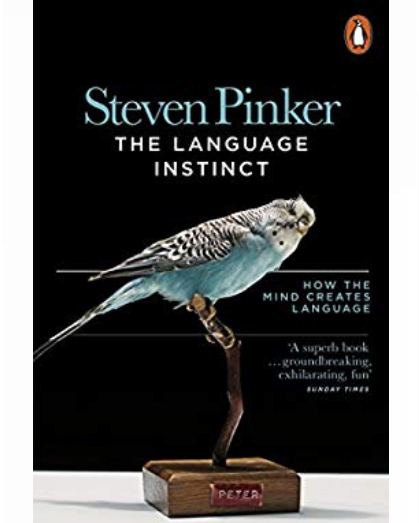
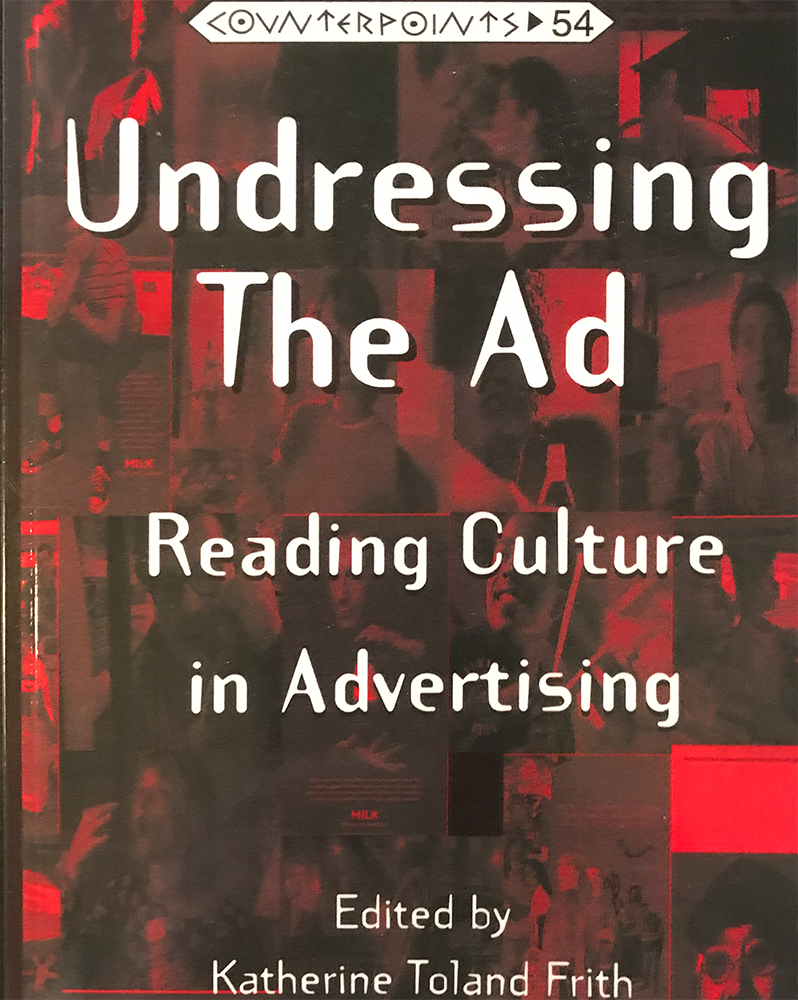

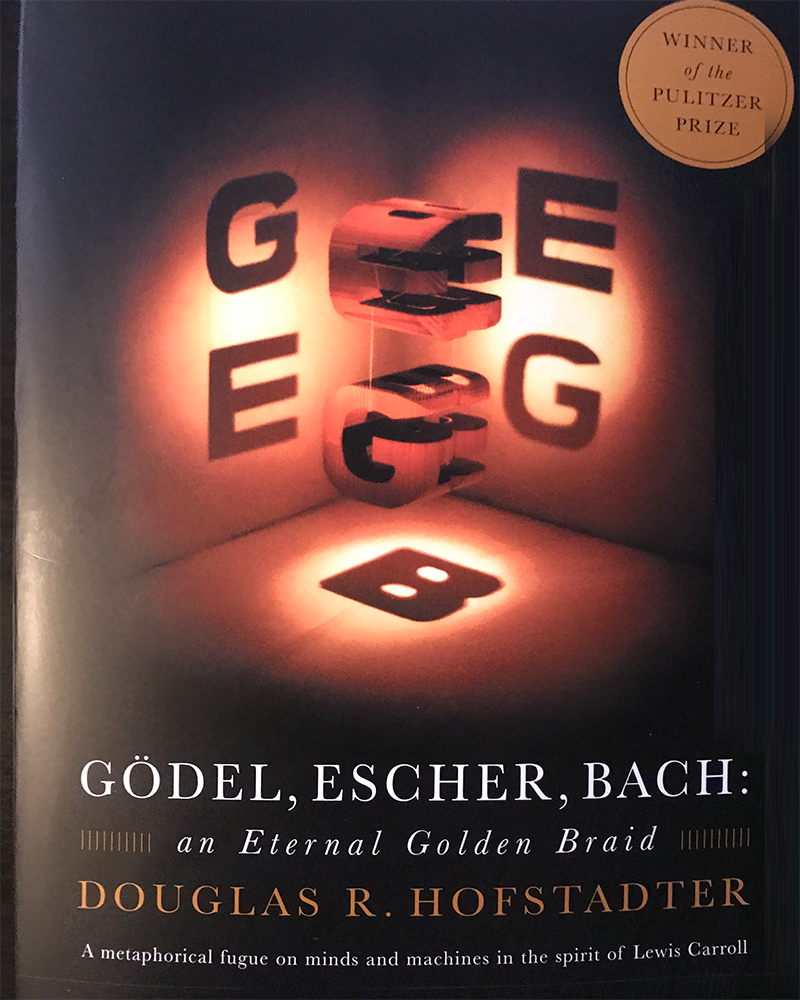

2 thoughts on “Contextualisation of Practice”